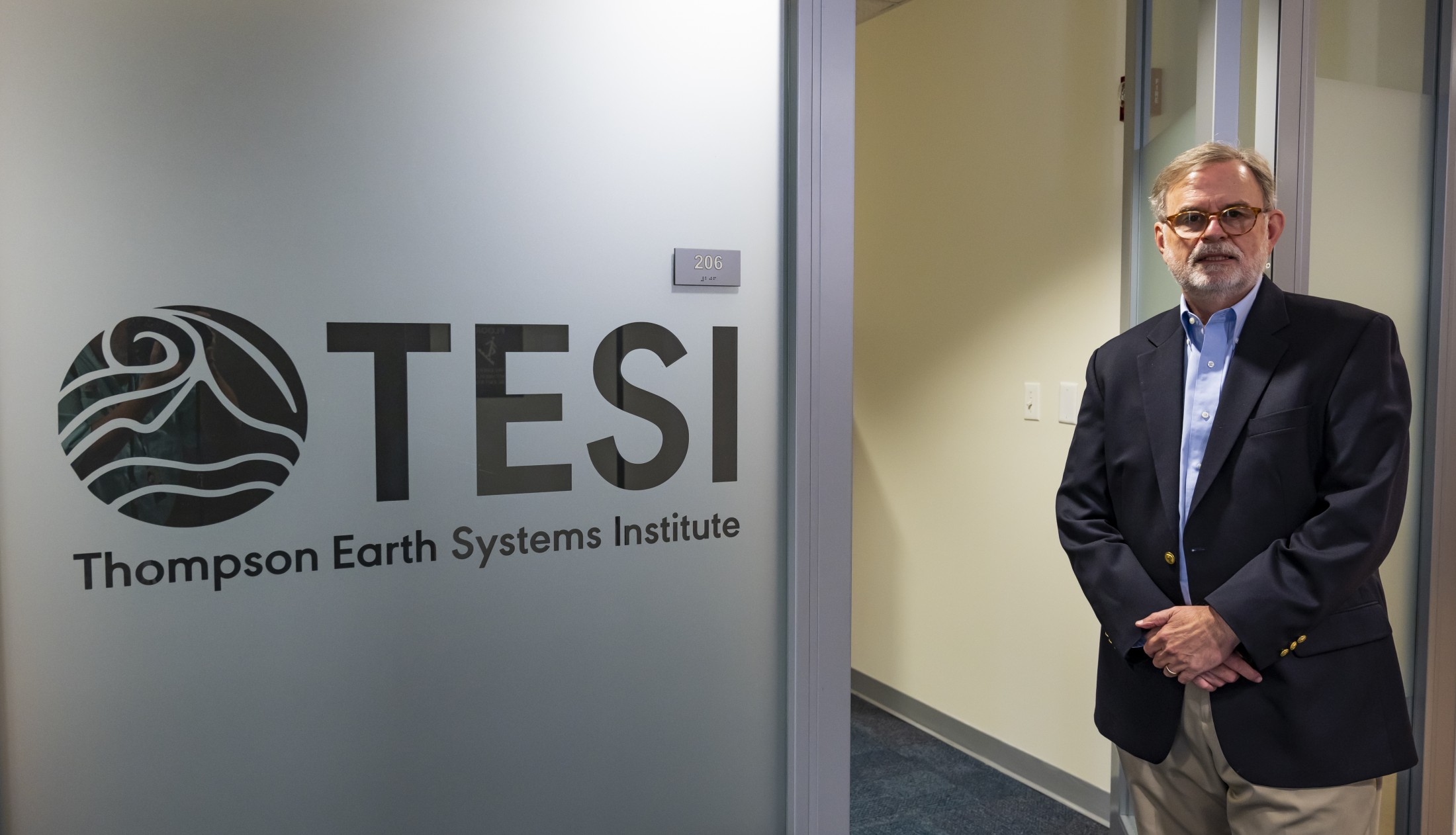Ennead Architects, a New York City-based firm that specializes in transformative design for public institutions, has been selected to lead the design of an addition to the Florida Museum of Natural History’s public exhibit building, Powell Hall.
“Our firm historically — and I personally — have a strong interest in helping institutions grow, helping institutions achieve their mission,” said Thomas Wong, a design partner with Ennead and lead architect on the new expansion. “Using architecture is just one of the ways to make a transformation.”

Florida Museum photo by Jeff Gage
The new facility will house the University of Florida Thompson Earth Systems Institute, which is focused on advancing communication and education about environmental topics in a way that inspires Floridians to be effective stewards of the planet. TESI specializes in connecting Floridians with current environmental research through programs like Scientist in Every Florida School, public informal science talks and active digital outreach campaigns. The institute also hosts science communication professional development programs for environmental scientists and journalists.
The new addition will include features like a grand atrium, a learning theater/auditorium, a high-tech classroom, an exhibition gallery, open laboratories, conference and community meeting rooms, and workspaces for TESI staff.
“Our new addition will help us communicate the important interconnections between Earth’s major systems — air, water, land and life — to museum visitors in Gainesville and via distance delivery to the citizens of Florida and beyond,” said Florida Museum director Douglas Jones. “An appreciation of how Earth systems interrelate, and how humans can influence them, is vital to ensuring a sustainable future for our planet and its inhabitants.”
So far, $30 million has been raised for the addition, primarily through contributions from private donors. With the new space, the institute will be positioned to collaborate more closely with researchers on campus and help them bring their science to the public.
“This new facility will enable us to better serve active research scientists, UF students, Floridians and others with knowledge about our future on Earth,” said Bruce MacFadden, TESI director. “This will be realized through on-site and statewide learning using modern technology.”
Ennead Architects has led the design of many iconic buildings around the world, such as the Natural History Museum of Utah, the University of Michigan Biological Sciences Building and the Shanghai Astronomy Museum.
Part of the addition will include a new entrance to the exhibit hall and TESI, one that the architects hope will help the building stand out to passersby. While plans are still in the works for what it will look like, the Ennead team hopes to draw inspiration from Florida’s unique landscape.
“The natural environment of Florida is one that I think has rich content to draw from,” Wong said. “And we really want to make this tailored to the essence of the place.”
Sources: Bruce MacFadden, bmacfadd@ufl.edu;
Doug Jones, dsjones@flmnh.com
Media contacts: Rebecca Burton, rlburton@flmnh.ufl.edu, 352-273-4935;
Jerald Pinson, jpinson@flmnh.ufl.edu, 352-294-0452